What is the best way to begin ashtanga?
For some, the best way is to start with private lessons. For one, you can set the time that works best for your life. Secondly, you get the teacher’s fullest attention and they can work with you individually. Third, if you feel self-conscience, being in a one-on-one setting can help you build your confidence.
For others that prefer to be in a group setting, the New to Mysore Membership is great because the teacher works with you individually. In a private, you get the teacher’s undivided attention the entire time, and in the mysore class with this membership, the teacher goes back and forth among the other students, but you are the main focus as you are newest student that needs the most help. Also this membership includes a 30-minute private/consultation prior to beginning.
For others with past yoga experience, you can jump into a series or guided class and then go from there. The teacher will always serve as a guide to help you along.
I am confused about mysore classes and does it really last for two hours?
There are 2 ways we teach this method: guided and mysore. Guided is what you expect: the teacher guides the entire class at the same time. In a Mysore class, the student is guiding themselves through the sequence. If you do not know the series, no problem, we will start teaching you from the ground up. We start with a small chunk and we add on as it is appropriate. You’re expected to start memorizing the sequence in mysore. As a new student, expect to stay about 45 minutes. Some advanced students stay up to two hours. You can come ANY time within the two hour block. For example, you can come in at 6:44 and leave at 7:33. There is a set time for the class, but you’re free to come and go as you need to.
Are your classes in person or online?
We have both! All of our classes are livestream on Zoom and most of our classes are in person. If you look at the schedule, click on the option that says “livestream” if you want to be online and you will be sent a zoom link an hour or so before the class starts. If you want to come in person, choose the class that does not say livestream.
Is Ashtanga only for athletes?
This is a major misconception about Ashtanga as we typically see advanced practitioners showing poses on social media and it can look quite acrobatic. However, Patthabi Jois used to say, “This yoga is for everyone except lazy people.” In other words, if you have a desire and drive to learn this, you can do it and receive immeasurable benefits. All ages and any and all body shapes and sizes are welcome and are able to do this; it just takes commitment and sincere effort.
What is the purpose of yoga?
Although there are many benefits to practicing yoga, the purpose is to quiet and focus the mind so we’re more peaceful and joyful. In ashtanga, we use the focus on breath and body as we move through a series of poses to accomplish this.
Is yoga religious?
“To answer this question, I look to the roots of yoga. Traditionally, yoga is the science of the Self. Yoga seeks to help us understand our inner world through various techniques that include meditation, asanas, breathing, focused awareness, and certain rules of behavior and conduct. If by religion we mean the religious experience of transcendence, the loss of fear of death, and the emergence of platonic qualities such as truth, beauty, goodness, harmony, and evolution, then yes, yoga can give us a religious experience. It is not religion in the form of ideology, dogma, belief systems, or compliance; it’s a spiritual experience that gives us access to a universal domain of reality.”
—Deepak Chopra, MD, Founder of The Chopra Foundation, author, public speaker, physician, La Jolla, California
Will yoga interfere with my other activities like cycling or running?
There’s a saying: “Yoga will help all of your physical activities but none of your physical activities will help your yoga.” We have avid runners (even marathon runners!) who say their yoga practice has significantly helped their running. We also have students that lift weights, cycle, climb, golf, and do martial arts and they all agree that the poses in yoga will bring back range of motion and balance in addition to increasing their ability to focus. Yoga can only help you in your other pursuits!
Why don’t you practice on the full or new moon days?
It has always been an Ashtanga tradition to take off on these moon days as a way to tune into the expansive and contracting rhythm of nature that goes along with the tides and the phases of the moon. And for those that practice 6 days a week, this extra day every other week is a welcome respite for the body.
Why is it suggested that women take off the first 3 days of their menstrual cycle?
The Ashtanga practice is meant to bring energy and vitality to the body. During the first few days of their period, woman are encouraged to allow the body to rest and honor the downward energy flow. Also it can be unsafe to practice at this time as it is difficult to engage the bandhas (locks) and core.
How many days should I practice?
Ashtanga is meant to be done 6 days a week minus moon days and 3 days if you’re menstruating. This much practice creates a consistent platform for one to practice mindfulness, breathing, and moving. However, not all students can log this many days per week. It’s best if you are realistic about what you can do and then keep it up. Be consistent! You can supplement practicing at the studio with some home practices too.

